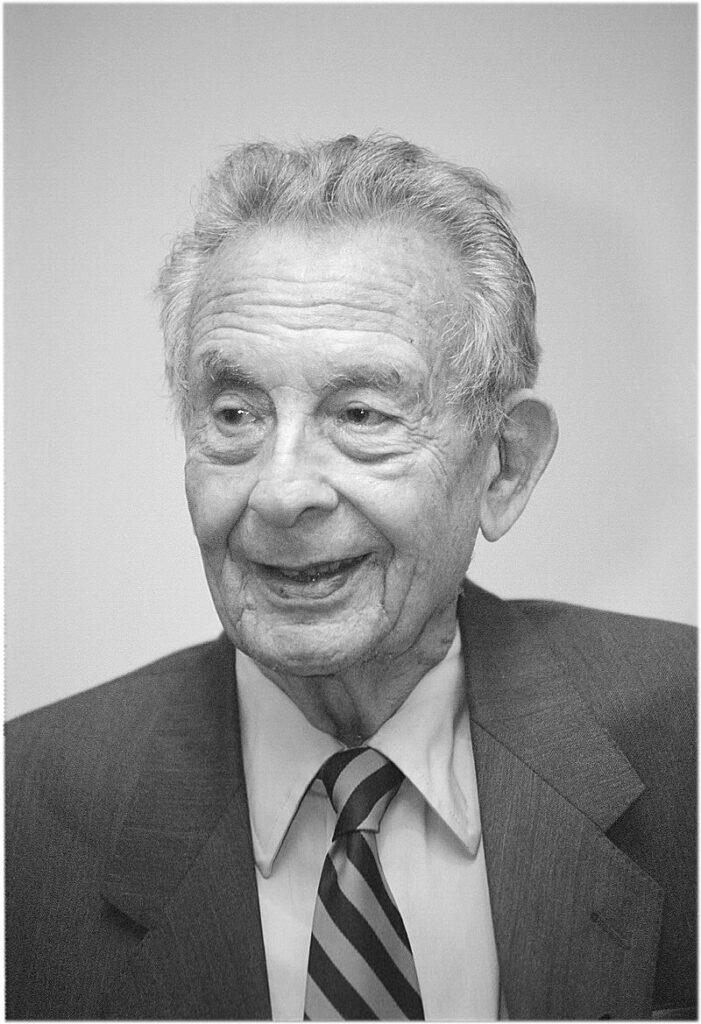The theoretical framework of this research draws upon Cultivation Theory and Media Framing Theory to understand the influence of political bias on the framing of border violence among US news sources during the Trump administration.
Gerbner and Gross (Morgan & Shanahan 2010) proposed Cultivation Theory, which suggests that prolonged exposure to television programming shapes viewers’ perceptions of reality. Television content, particularly prevalent in news coverage, can cultivate perceptions that align with what is portrayed on screens. For example, continuous exposure to violence in news programming may lead viewers to perceive society as inherently violent. In this study, Cultivation Theory informs the examination of how repeated exposure to politically biased news sources may shape viewers’ perceptions of border violence.

Additionally, Media Framing Theory, as outlined by Chong and Druckman (2007), examines how news stories are presented to audiences, including language, selection of facts, and emphasis on particular aspects of an issue. Frames simplify messages to mobilize support or demobilize opposition. In this research, Media Framing Theory guides the analysis of how political bias influences the framing of border violence in US news sources. By examining language, tone, emphasis, and political perspectives within news articles, the study aims to identify how different ideological leanings shape the portrayal of border issues.